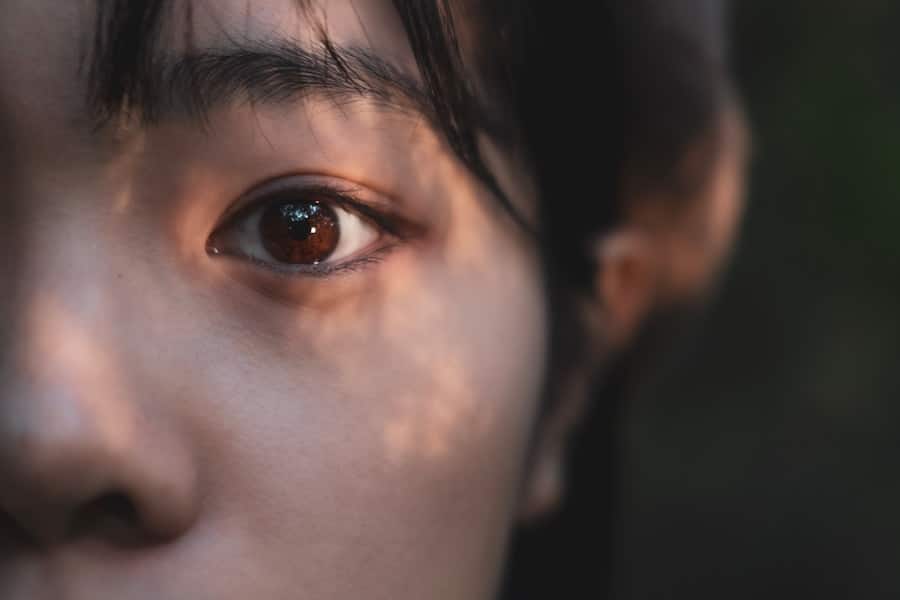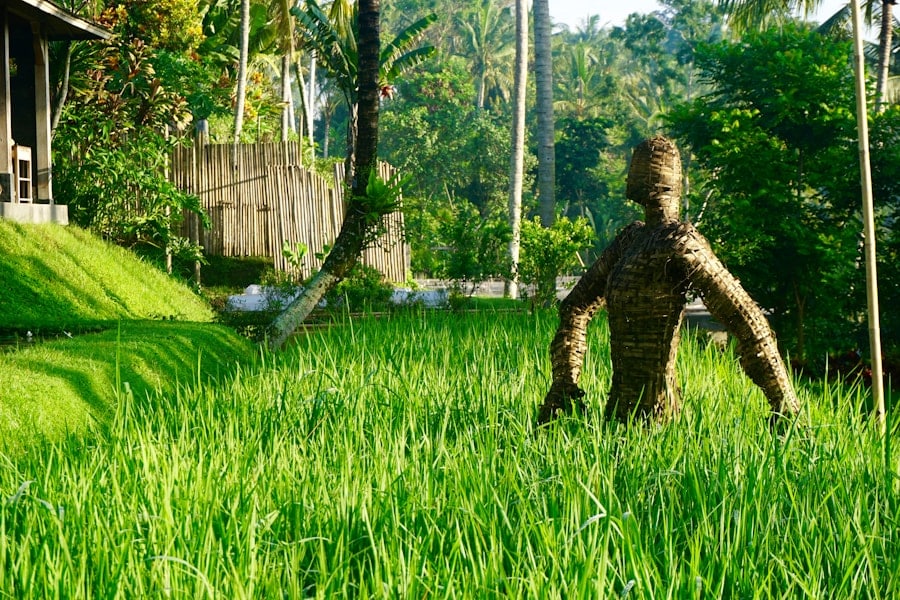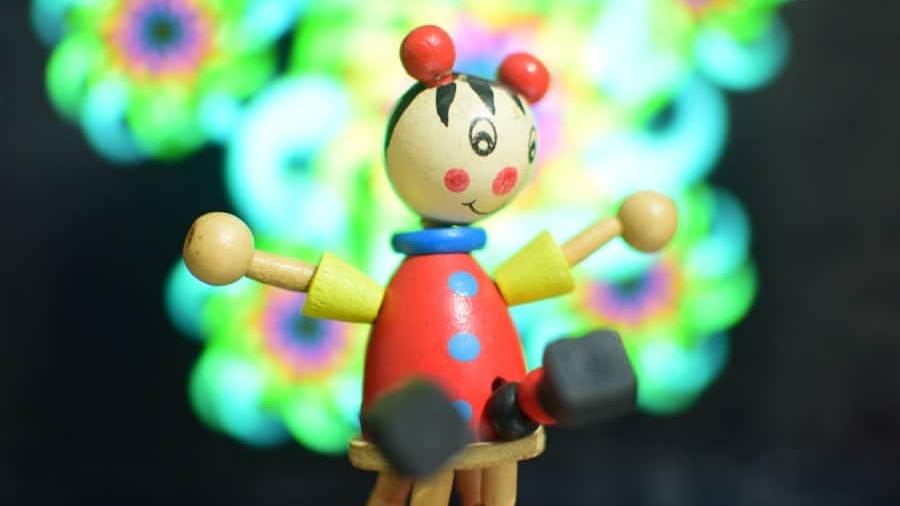The landscape of character animation has undergone a profound transformation with the advent of artificial intelligence (AI) and deep learning technologies. Traditionally, animators relied heavily on manual techniques, painstakingly crafting each frame to bring characters to life. However, the integration of AI has revolutionized this process, enabling the creation of more dynamic, lifelike animations with unprecedented efficiency.
AI algorithms can analyze vast datasets of motion capture and animation styles, learning from them to generate new movements and expressions that resonate with audiences on a deeper emotional level. Deep learning, a subset of AI, plays a pivotal role in this evolution. By utilizing neural networks that mimic the human brain’s structure, deep learning models can process and interpret complex patterns in data.
In the realm of character animations, this means that animators can leverage these models to automate repetitive tasks, enhance realism, and even create entirely new animation styles. The synergy between AI and deep learning not only streamlines the animation process but also opens up new avenues for creativity, allowing artists to focus on storytelling and character development rather than the technical intricacies of animation.
Key Takeaways
- AI and deep learning have revolutionized character animations by enabling more natural and expressive movements.
- AI plays a crucial role in creating lifelike movements and expressions in character animations, enhancing the overall realism of the characters.
- Deep learning techniques such as neural networks and machine learning algorithms are used to improve the quality of character animations.
- Advancements in AI technology have led to realistic facial expressions in character animations, making the characters more immersive and engaging.
- AI has significantly impacted interactive and immersive character experiences, providing users with more realistic and personalized interactions with animated characters.
The Role of AI in Creating Natural Movement and Expressions
Natural Movement and Gestures
Machine learning algorithms can study how people walk, run, or gesture, capturing the nuances that make these actions feel authentic. This allows AI to generate animations that are incredibly lifelike and engaging.
Emotional Expressiveness
AI can also enhance emotional expressiveness in character animations. By utilizing techniques such as emotion recognition and sentiment analysis, AI systems can determine the appropriate facial expressions and body language for a given context. For example, if a character is experiencing joy, the AI can automatically adjust their facial features to convey that emotion convincingly.
Enriching the Viewing Experience
This capability not only enriches the viewing experience but also allows for more nuanced storytelling, as characters can react dynamically to their environments and interactions. With AI-powered character animation, the possibilities for creative and engaging storytelling are endless.
Deep Learning Techniques for Improving Character Animations

Deep learning techniques have become instrumental in refining character animations through various methodologies. One prominent approach is the use of Generative Adversarial Networks (GANs), which consist of two neural networks—the generator and the discriminator—working in tandem to produce high-quality outputs. In character animation, GANs can be employed to generate realistic motion sequences by training on extensive datasets of existing animations.
The generator creates new animations while the discriminator evaluates their authenticity, leading to continuous improvement in quality. Another technique gaining traction is reinforcement learning, where AI agents learn optimal behaviors through trial and error. In the context of character animations, reinforcement learning can be applied to develop characters that adapt their movements based on feedback from their environment or user interactions.
For instance, a character in a video game could learn to navigate obstacles more effectively by adjusting its movements based on previous experiences. This adaptability not only enhances realism but also contributes to a more engaging user experience.
Advancements in AI Technology for Realistic Facial Expressions
The portrayal of facial expressions is crucial in character animation, as it significantly influences how audiences perceive emotions and intentions. Recent advancements in AI technology have made it possible to create highly realistic facial animations that capture even the slightest changes in expression. Techniques such as facial landmark detection utilize deep learning algorithms to identify key points on a face, allowing for precise manipulation of facial features during animation.
Furthermore, AI-driven tools like blendshape modeling enable animators to create a range of facial expressions by blending different shapes together. This method allows for seamless transitions between emotions, resulting in more fluid and believable performances. For example, an animated character can transition from surprise to anger without abrupt changes that might break immersion.
The integration of AI in this process not only enhances the quality of facial animations but also reduces the time required for animators to achieve desired results.
The Impact of AI on Interactive and Immersive Character Experiences
AI’s influence extends beyond traditional animation into the realm of interactive and immersive experiences.
For instance, non-playable characters (NPCs) equipped with AI can adapt their behavior based on player choices, leading to unique interactions that enhance gameplay.
This level of interactivity fosters a sense of agency for players, making them feel more connected to the characters and story. Moreover, AI-driven characters can learn from player behavior over time, allowing for personalized experiences that evolve with each interaction. This adaptability is particularly evident in VR environments where immersion is paramount.
Characters that can react realistically to user movements and decisions contribute significantly to the overall sense of presence within virtual worlds. As technology continues to advance, the potential for creating deeply immersive character experiences will only grow, blurring the lines between reality and digital interaction.
Challenges and Limitations of AI in Character Animations

Data Quality and Availability
Despite the remarkable advancements brought about by AI in character animations, several challenges and limitations persist. One significant hurdle is the need for high-quality training data. AI models rely on extensive datasets to learn effectively; however, obtaining diverse and representative data can be difficult.
Unrealistic Representations and Creative Limitations
Inadequate or biased datasets may lead to unrealistic or stereotypical character representations, undermining the very goal of creating authentic animations. Additionally, while AI can automate many aspects of animation, it may struggle with creative decision-making that requires human intuition and artistic sensibility. For instance, an AI might generate movements based on learned patterns but may lack the ability to infuse a character with unique personality traits or emotional depth that a human animator would instinctively understand.
The Need for Human-AI Collaboration
This limitation highlights the importance of collaboration between AI technologies and human artists to achieve optimal results.
Future Trends and Innovations in AI-Powered Character Animations
Looking ahead, several trends and innovations are poised to shape the future of AI-powered character animations. One promising direction is the integration of real-time rendering capabilities with AI algorithms. This advancement would allow animators to see changes instantly as they adjust character movements or expressions, streamlining the creative process significantly.
Real-time rendering combined with AI could lead to more iterative workflows where animators can experiment freely without waiting for lengthy rendering times. Another exciting trend is the potential for cross-disciplinary collaboration between animators and fields such as psychology and neuroscience. By understanding how humans perceive emotions and movements at a cognitive level, animators can create characters that resonate more deeply with audiences.
This interdisciplinary approach could lead to breakthroughs in how characters are designed and animated, resulting in richer storytelling experiences.
The Ethical Implications of AI-Generated Character Animations
As AI-generated character animations become increasingly prevalent, ethical considerations must be addressed. One major concern revolves around representation and diversity in animated characters. If AI systems are trained on biased datasets, they may perpetuate stereotypes or fail to accurately represent marginalized groups.
It is crucial for creators to be mindful of these issues and actively seek diverse input during the development process. Additionally, there are questions surrounding authorship and ownership of AI-generated content. As machines take on more creative roles traditionally held by humans, determining who holds rights over these creations becomes complex.
This ambiguity raises important legal and ethical questions about intellectual property in an era where collaboration between humans and machines blurs traditional boundaries. In conclusion, while AI and deep learning have ushered in a new era for character animations—enhancing realism, interactivity, and emotional depth—navigating the associated challenges and ethical implications will be essential as this technology continues to evolve. The future promises exciting innovations that could redefine how we create and experience animated characters while ensuring that these advancements are grounded in ethical practices that promote inclusivity and creativity.
In addition to advancements in character animations, technology is also revolutionizing the way musicians perform on stage. A recent article on the best tablet for on-stage lyrics explores how musicians can now easily access lyrics and other important information during live performances. This innovation not only enhances the overall experience for both the artists and the audience but also showcases the power of technology in the entertainment industry.
FAQs
What is AI and deep learning?
AI, or artificial intelligence, refers to the simulation of human intelligence in machines that are programmed to think and act like humans. Deep learning is a subset of AI that uses neural networks to simulate human decision-making.
How are AI and deep learning used in character animations?
AI and deep learning are used in character animations to create more realistic movements and behaviors for animated characters. This technology allows animators to train models to learn and mimic human movements, resulting in more lifelike and natural animations.
What are the benefits of using AI and deep learning in character animations?
The use of AI and deep learning in character animations allows for more realistic and natural movements, which enhances the overall quality of animated content. This technology also reduces the time and effort required to create animations, as it can automate the process of generating lifelike movements.
Are there any limitations to using AI and deep learning in character animations?
While AI and deep learning can greatly improve the quality of character animations, there are still limitations to consider. For example, the technology may require a significant amount of data and computational power to train models effectively. Additionally, there may be challenges in accurately capturing and replicating complex human movements.

